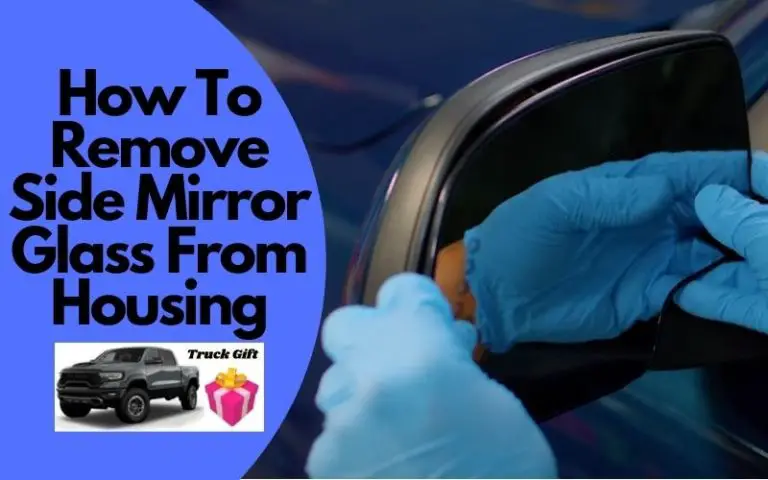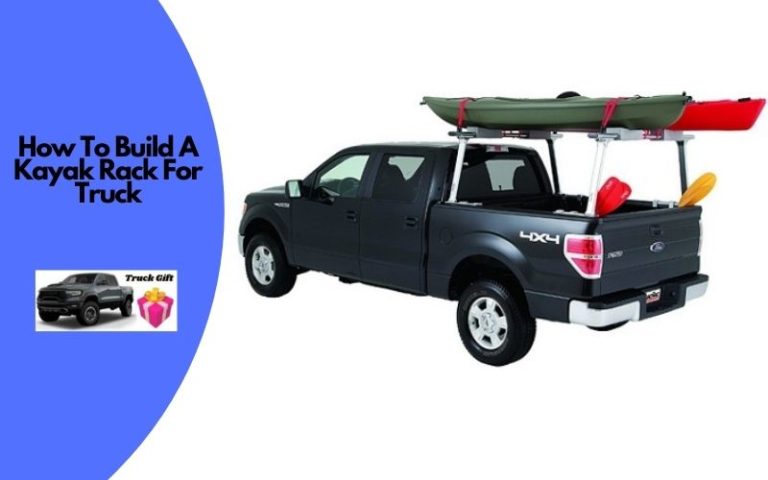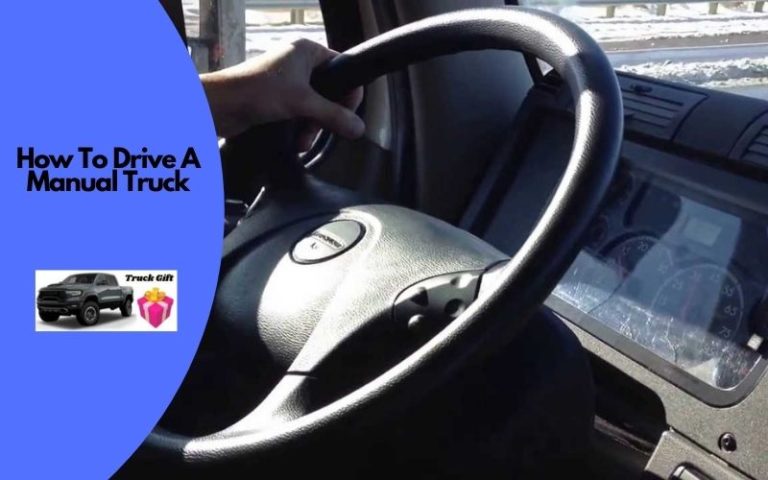How To Install A Power Inverter In My Truck? [5 Easy Steps]
Power Inverter is an essential device for trucks and cars nowadays. It converts the power of the battery into AC electricity to run our electronic appliances. In other words, a Power Inverter can turn our vehicles into homes where we can charge our Smartphones, Laptops, or watch TV, and run Mini-Fridges or Hot-Plates.
Particularly, Power Inverters are more significant for the truck-owners who spend long hours in their trucks. It comes in handy for them as they like to watch TV or charge their Smartphones on the road.
How to Install a Power Inverter in My Truck? Many truck owners are concerned about it. Well, this article will discuss a step by step guide for installing a Power Inverter in a Truck.
How Hard Is It Install a Power Inverter in My Truck?
Installing a Power Inverter isn’t a difficult task if you have a proper understanding. First of all, you must know how a Power Inverter supplies electrical power in your truck. After that, you have to determine the place where you want to set it up in the truck. Then, all you need are some supplies to install the Inverter.
A Power Inverter converts battery power (DC power) into usable AC electricity, the type which we get from the electric outlets of our homes. So, we have to connect a Power Inverter with the battery of our vehicle through positive and negative cables. Then, the Inverter will transform the battery power into usable AC electricity and work as a power outlet.
For this reason, we have to place the Inverter in the truck where we want to use the electric power. Now, it is up to you where you want to place the Inverter. Most truck-owners choose to place it into the driver’s compartment.
Supplies for Installing a Power Inverter in My Truck
You can install a Power Inverter in your Truck on your own. But you must purchase some supplies, including the Inverter, before you start. Here we will mention the supplies you will need. Then, we will move to the step by step guide.
The supplies you will need are as follows.
- Power Inverter
- Cables
- Cable Crimping Tool
- Drill and/or Velcro
- Copper Lugs
- Zip Ties
- Switch Breaker
First of all, you must purchase a good quality Power Inverter. You will get one at any automobile or auto-parts shop. Power Inverters are also available at online retail shops. For the power, we recommend you to purchase at least 2000 watts of Power Inverter. It will enable you to use many electronic appliances.
Then, you need cables for connecting the Power Inverter with the battery. Measure the length of the cables based on where your battery is and where you want to mount the Power Inverter.
For removing the rubber part of the cables, you need to have a Cable Crimping Tool.
For connecting the cables tightly with the battery and the Power Inverter, you must need some Copper Lugs.
You need Drill and/or Velcro for mounting the Power Inverter and for making holes for the cables to pass through. Zip Ties are for keeping the cables together.
Finally, the Switch Breaker is optional. You can use a switch breaker as a switch for turning on or off the connection. If you want a direct connection, that will be alright as well.
Now, let’s jump to the Step by Step Guide of How to Install a Power Inverter in My Truck right below.
How To Install Power Inverter in My Truck? (Step by Step)
Well, you have collected all the necessary supplies you need for installing the Power Inverter. Hopefully, now you can complete the task in one sitting. Let’s check out the steps down below.
Step 1 – Attach the Cables with Copper Lugs
The first step is to attach the cables with copper lugs. You have to do it so that you can tie the lugs with the battery.
For attaching the lugs, cut a portion of rubber off the cables and expose the copper part. Then, put the copper portion into the copper lugs and tie tightly. You can cut off the rubber or tie the copper lugs tightly using the Cable Crimping Tool.
Now, the copper lugs, attached with the cables, are ready to connect with the battery.
Step 2 – Connect the Cables with the Battery
The two cables are already attached with the Copper Lugs. Now, fasten the copper lugs of the two cables with the Positive and Negative terminal of the battery.
So, the cables are now connected with the battery. You have to connect the other ends of these cables with the Power Inverter.
Step 3 – Drill the Holes
As the battery is at the engine compartment (front deck) of the truck, you need to drill and make holes for the cables to run through to the driver’s compartment (inside the truck). It is because you want to mount the Inverter inside.
You may find some holes pre-existing there. Use those holes to bring out the cables. Otherwise, drill the necessary holes to bring out the cables and push them inside the truck.
Step 4 – Mount the Power Inverter
Now, you have to mount the Power Inverter firmly where you want to mount it. For mounting it, you can drill holes and screw the Inverter.
You can also use Velcro for mounting the Inverter. We recommend you to use Velcro as it is easier to use. Moreover, you can change the position of the Inverter if you want.
It is necessary to mount the Inverter firmly so that it cannot move while riding on a bumpy road.
Step 5 – Connect the Cables with the Power Inverter
It is the time to connect the cables with the Power Inverter. Following the previously mentioned process, attach the copper lugs with the two cables. Then, fasten the copper lugs with the Inverter. And here we go; the Power Inverter is now online.
Finally, tie all the wiring with Zip Ties. It is to keep the cable in the proper place.
Final Recommendation
Hopefully, you have successfully installed the Power Inverter in your truck. Now, use the Power Inverter as an AC electric outlet. You can watch TV, charge your Smartphone, and Laptop with it based on its power.
For keeping the Inverter risk-free, you must know the power of the Inverter and use it accordingly. Check the wirings from battery to the Inverter, periodically. If the bumpy roads disconnect anything, check and fix it. Always maintain the safety measures working with the battery and the Power Inverter.
Related Posts:




![How To Build A Center Console For A Truck? [5 Easy Steps]](https://truckguidepro.com/wp-content/uploads/2021/08/How-To-Build-A-Center-Console-For-A-Truck-1-768x480.jpg)
